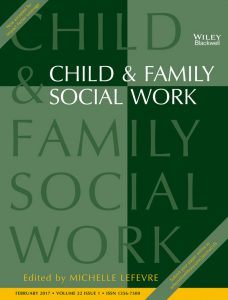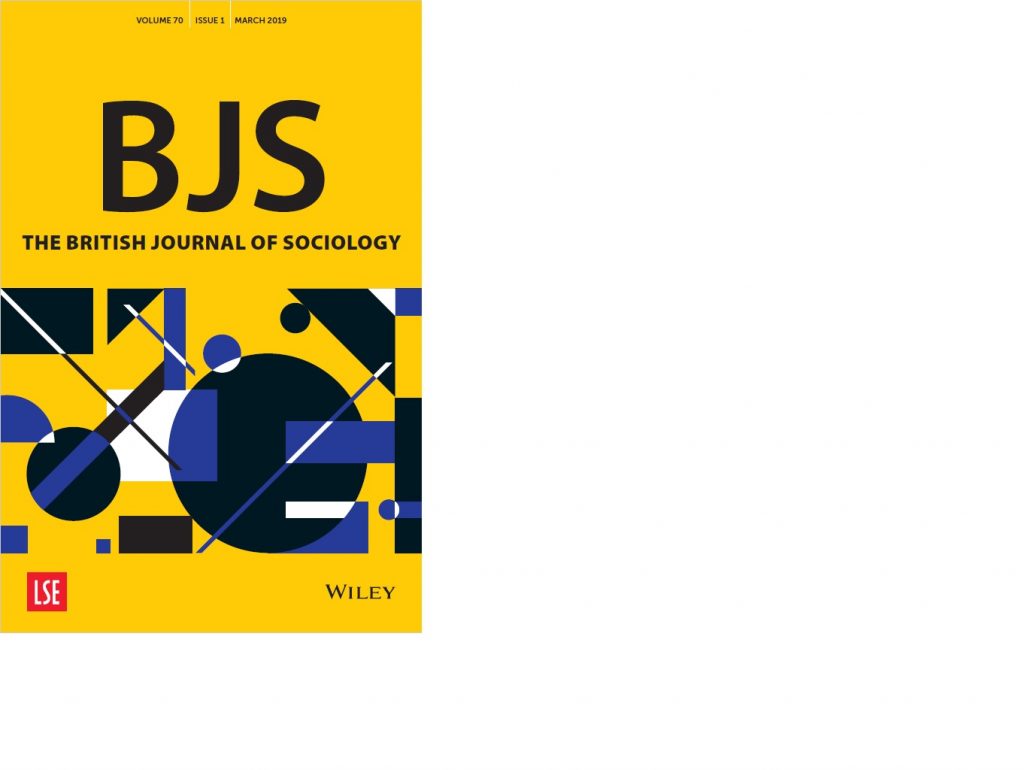Philip Seymour Hoffman, the prevalence of heroin and the experience of homeless drug users
Just about four weeks ago the public was shocked: Philip Seymour Hoffman was found dead in his New York apartment. But what most people talked about after the first trauma was not only that the world had lost a great actor. It was the needle in Hoffman’s arm.
Hoffman had suffered from drug and alcohol problems earlier in his life. The public knew about that. Most people, however, believed him clean for the last 23 years. Hoffman himself was in fact not reluctant to talk about his addiction in more straightforward and honest ways. As he told the Guardian in 2011:
“I know, deep down, I still look at the idea of drinking with the same ferocity that I did back then. It’s still pretty tangible. I had no interest in drinking in moderation. And I still don’t. Just because all that time’s passed doesn’t mean maybe it was just a phase.”
In the end, it was probably not the alcohol that killed Hoffman, but heroin. 70 bags of the substance had apparently been found in his home after his death.
Heroin was the street drug of the 1980s. It made it into fashion in the 1990s and inspired the so-called Heroin chic, of which Kate Moss still makes money today. It was eventually brought to wider pop-culture through movies such as Pulp Fiction and Trainspotting. Since then, heroin has not disappeared at all from where it started. In parts, it is even more prevalent despite the surge of synthetic substances, such as Crystal Meth.
The media are particularly concerned about the middle-classes. More or less recently, young, white, relatively wealthy people are starting to abuse (and die from) heroin en masse. Many of them seem to come to heroin from prescription painkillers who are now harder to get and less likely to have the desired effect due to changing recipes.
We clearly do need to indeed understand much more clearly what it is that drives a group into heroin addiction, which historically was unlikely to fall for a drug associated with the street. But at the same time heroin still also happens exactly there – on the street.
My own research is with street dwellers – people who beg, homeless people, buskers – in London. London is not the US – drug laws and laws protecting public spaces are different. But is the sheer immensity of heroin abuse among people on the street really different?
I encountered dozens of people begging on the streets in East London and the reasons for being there were complex. Many, however, were united by a common trait: their addiction. Begging is horribly degrading and not many things in this world can make one desperate enough to go down this road. Heroin seems to be one of them.
Heroin addiction is in most cases not the only problem people on the streets are facing; they are usually not embedded in a more or less functioning social system otherwise. They are lonely, suffer from the consequences of unemployment and poverty and frequently additionally grapple with mental health issues. The interrelation between these factors is highly complex: relationship breakdowns might force people to the street; drugs can foster mental health issues, such as psychosis, but on the other hand also serve as a form of self-medication. They live in an environment hostile to their very existence and still often depend on their own ability to make this conflict-ridden public sphere their ‘home’.
This precarious situation of the urban poor does still prevail and accounts of the scientific, not only narrative, kinds do so, too (see suggested reading). They don’t trickle down to public imagination as quickly, however. Stigma is still surrounding issues of addiction and can often prevent people from engaging with the situation. Even though (or particularly because) the public is more inclined to react to threats very close to its own position such as the surge of heroin abuse in the middle-classes, there is much to be gained to go beyond one’s personal sphere in this respect.
It is important to look at the new ‘middle-class epidemic’; I don’t want to deny how much suffering is inflicted by heroin among young, white, relatively well-off people, but it is worth listening to the anyway-often-forgotten marginal communities. There are social and structural interconnections between the apparently different spheres which are crucial to trace: who is selling to whom? What are people searching for in heroin? What drives people which are relatively well-off into heroin? The middle-classes might learn about coping strategies, effective therapies and shared fears. The people on the street might find longed-for attention, de-stigmatisation and respect.
References and further reading:
Bourgois, P., 2002. In Search of Respect: Selling Crack in El Barrio, Cambridge: Cambridge University Press.
Briggs, D., 2013. Crack Cocaine Users: High Society and Low Life in South London, London: Routledge.
Lewry, C., 2012. Thin Wire: A Mother’s Journey Through Her Daughter’s Addiction, London: Matador.
Weinberg, D., 2005. Of Others Inside: Insanity, Addiction, and Belonging, Philadelphia: Temple University Press.





1099-1328/asset/dsa_logo.jpg?v=1&s=e4815e0ca3064f294ac2e8e6d95918f84e0888dd)
Great piece! Readers may also enjoy the resources on TSP’s There’s Research on That! Heroin Use and the Media: http://thesocietypages.org/trot/2014/02/24/heroin-use-and-the-media/
Our editor, Chris Uggen, also wrote a great post about harm reduction vs. abstinence approaches to drug use: http://thesocietypages.org/pubcrim/2014/02/05/productive-addicts-and-harm-reduction/